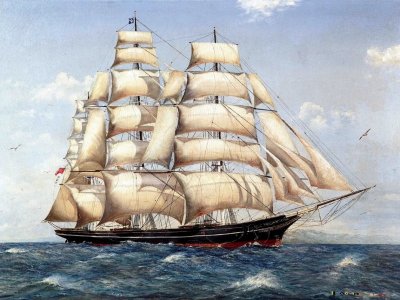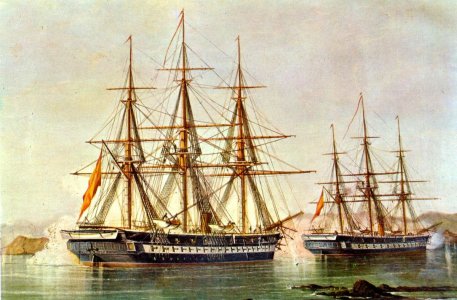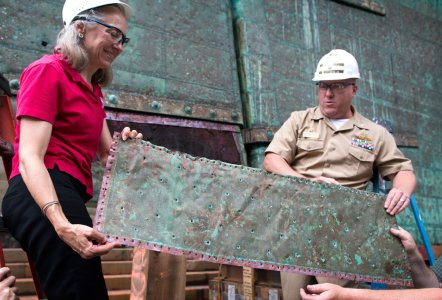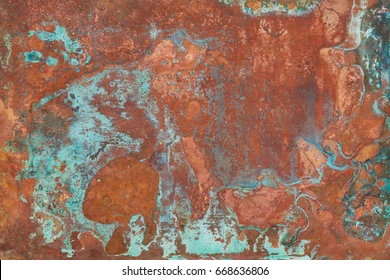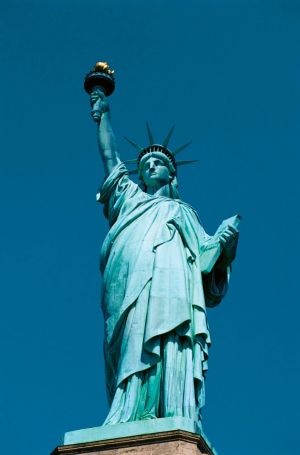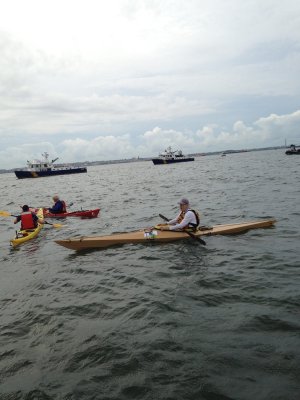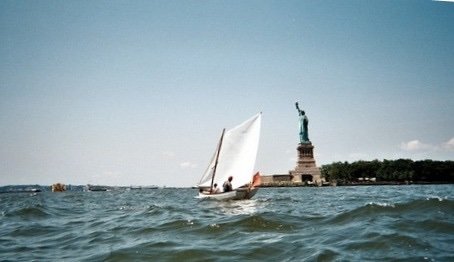- Joined
- Oct 31, 2024
- Messages
- 21
- Points
- 28

I have a question about the colour of the hull, above the waterline, it is black, I have found naval paintings with that paint scheme, but the hull underneath I don't know what colour it is, I understand that the plates are copper, and the colour would be copper but in most sources, books and representations, the colour of the hull is red, could be painted red
? I have seen ships from the period between 1860-1870 with red hulls. for example british ships like HMS Warrior or wood corvettes for this period, most spanish ships like Numancia were her hulls red ,the French Le Glorie....
? I have seen ships from the period between 1860-1870 with red hulls. for example british ships like HMS Warrior or wood corvettes for this period, most spanish ships like Numancia were her hulls red ,the French Le Glorie....





